How And When To Cut Back Daylilies: Daylily Trimming Made Simple
Daylily trimming after bloom time will keep these beauties tidy and disease-free. Trim the plants back after they bloom and before you divide them.
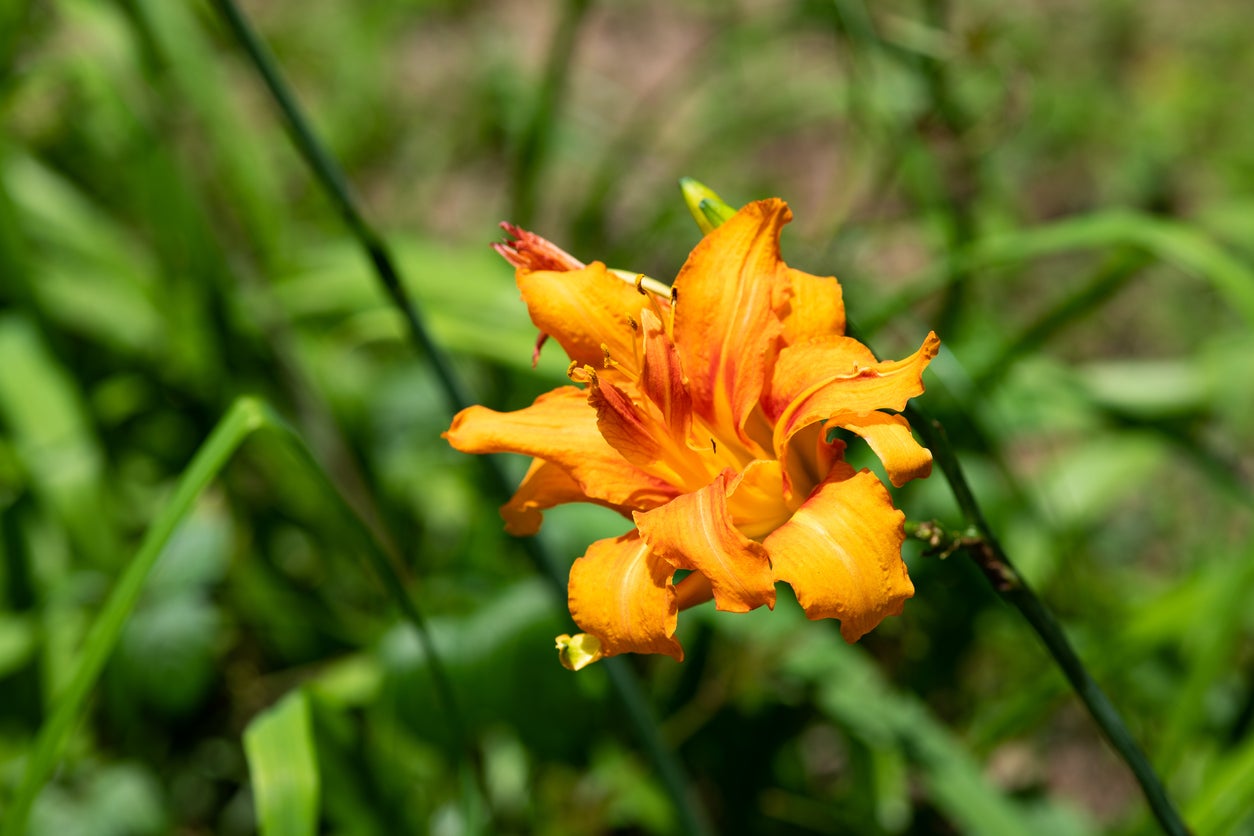
Daylily Trimming Made Simple – How And When To Cut Back Daylilies
Daylily trimming is an important part of upkeep and maintenance of these beautiful plants. They establish themselves quickly, and require only a minimal amount of care. In this article, we will explore when and how to prune daylilies properly, with a special emphasis on preparing the plant for winter.
When to Trim Daylilies
The best time to prune daylilies depends on your growing zone. Though pruning is not generally required, it can be used to maintain the plant’s appearance and keep flower beds looking tidy. Deadheading, or removing old flowers is also beneficial.
Cutting back plants just after they have finished blooming can refresh a tired flower bed. Routine trimming can help to prevent disease. If you see damaged or suspect stems, you should trim and remove them from the garden. Do this during periods of active growth to rejuvenate your plants and prevent the spread of any potential problems.
Daylilies respond well to pruning that’s done before you divide the plants. Trimming each plant at this time will help to make it more manageable in terms of size, and will help to encourage growth after new divisions have been made. Daylilies are most commonly divided in spring, though experienced growers have found success at most any point throughout the summer.
How to Cut Down Daylilies
The arrival of frost in fall will mark the end of the plant’s growing season. At this time, the foliage will die back to the ground naturally. Trim all dead plant matter and dispose of it, safely away from the garden.
Trimming daylilies for winter will help to prevent disease and ensure that the plants are ready to resume growth in spring. To prune daylilies, growers need a clean pair of garden pruners or secateurs. Handfuls of foliage can be bundled together and clipped carefully from the plant at the base level, making certain not to damage the crown.
Trimming Daylilies in Containers
Daylilies grown in pots can be trimmed in the same manner. You can help promote their continued bloom through routine deadheading and removing any stems that have dried or yellowed over the course of the season. Pruning each plant back after flowering helps to rejuvenate potted plants and promotes lush foliage for the duration of summer.
Gardening tips, videos, info and more delivered right to your inbox!
Sign up for the Gardening Know How newsletter today and receive a free copy of our e-book "How to Grow Delicious Tomatoes".
The Dangers of Over-Trimming or Trimming Incorrectly
Aside from deadheading, most daylily plants only need to be trimmed twice per year; once in mid-summer and again in fall. Proper pruning will help your plants to produce vigorous new growth which will, in turn, prepare the perennial for the arrival of winter.
Overtrimming through the summer may result in diminished vigor, or in severe cases, complete loss of your plants. This is especially true toward the end of the growing season, as daylilies continue to gather and store much-needed nutrients.
FREQUENTLY ASKED QUESTIONS
How Do You Keep Daylilies Blooming All Summer?
True to their name, each daylily bloom lasts only a single day. It is easy to understand why one would want to extend the flowering period of such a fleeting beauty. Though most cultivars will flower for approximately one month throughout the growing season, you may be able to briefly extend the production of buds through deadheading.
What Do You Do When Daylilies Have Finished Flowering?
After flowering, individual blooms can be removed from the plant to prevent them from producing seed. You may choose to trim your plants back at this time, which helps enhance their appearance as they begin to look tired, and will encourage new growth in preparation for winter.

Mary Ellen Ellis has been gardening for over 20 years. With degrees in Chemistry and Biology, Mary Ellen's specialties are flowers, native plants, and herbs.
-
 Creative Ideas For Plant Containers: 7 Ways To Save Money And Add Charm To A Garden
Creative Ideas For Plant Containers: 7 Ways To Save Money And Add Charm To A GardenIf you are looking for great ways to add personality to your container gardening – and even save yourself some money – then try these creative ideas for plant containers
By Mary Ellen Ellis
-
 How To Make A Bouquet Garni Or Herb Bundle For Cooking
How To Make A Bouquet Garni Or Herb Bundle For CookingIf you’re a great cook, you may have made an herb bundle before. If this is a new idea, learn how to add sparkle and interest to your dish with a bouquet garni.
By Amy Grant
-
 Are Daylilies Edible - Can I Eat Daylilies
Are Daylilies Edible - Can I Eat DayliliesDaylilies are easy to grow and produce fantastic blooms. Their laissez faire nature and hardiness make them ideal landscaping plants. If you are a garden grazer, you may wonder, "can I eat daylilies?" And if they are, which daylilies are edible? The wonderful answer is contained below.
By Bonnie L. Grant
-
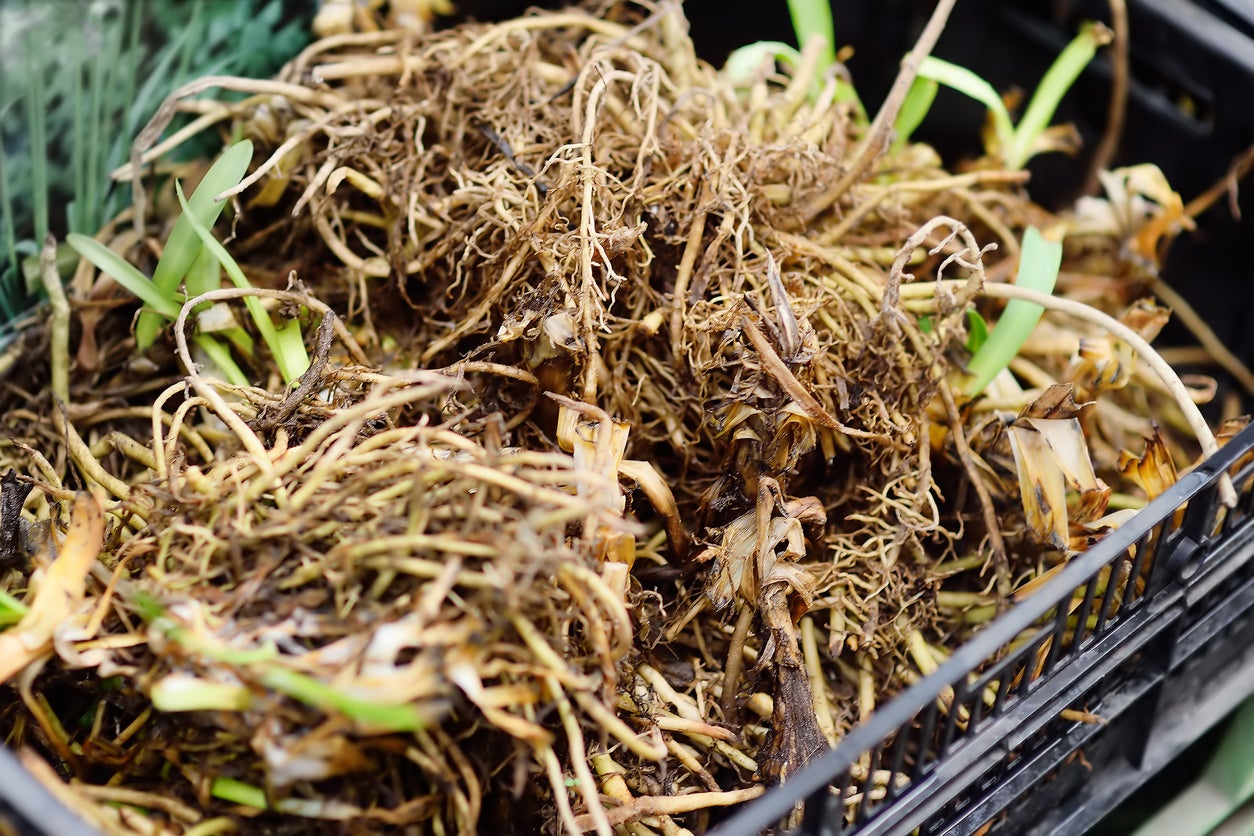 Daylily Tuber Winter Care – Learn About Overwintering Daylily Plants
Daylily Tuber Winter Care – Learn About Overwintering Daylily PlantsDaylilies are some of the toughest flowers around, but if you’re concerned about daylily plants in winter, digging and storing daylily tubers isn’t a bad idea, especially in climates north of USDA plant hardiness zone 5. Click this article to learn what to do with daylilies in winter.
By Mary H. Dyer
-
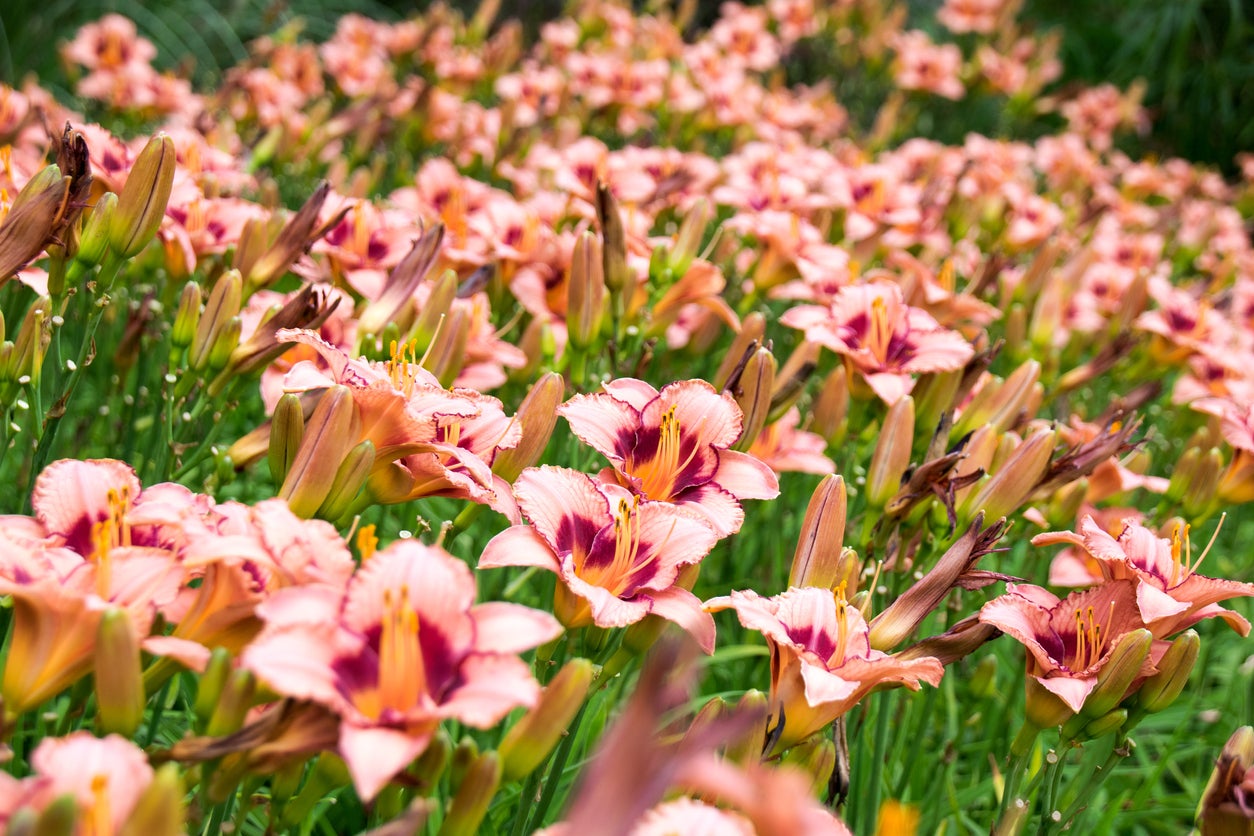 Daylily Division Guide: Learn How And When To Divide Daylilies
Daylily Division Guide: Learn How And When To Divide DayliliesDaylilies are pretty perennials with striking blooms, each of which only lasts for one day. They don’t require much care once established, but dividing daylilies should be done every few years to keep them healthy and blooming. Learn when and how to do this here.
By Mary Ellen Ellis
-
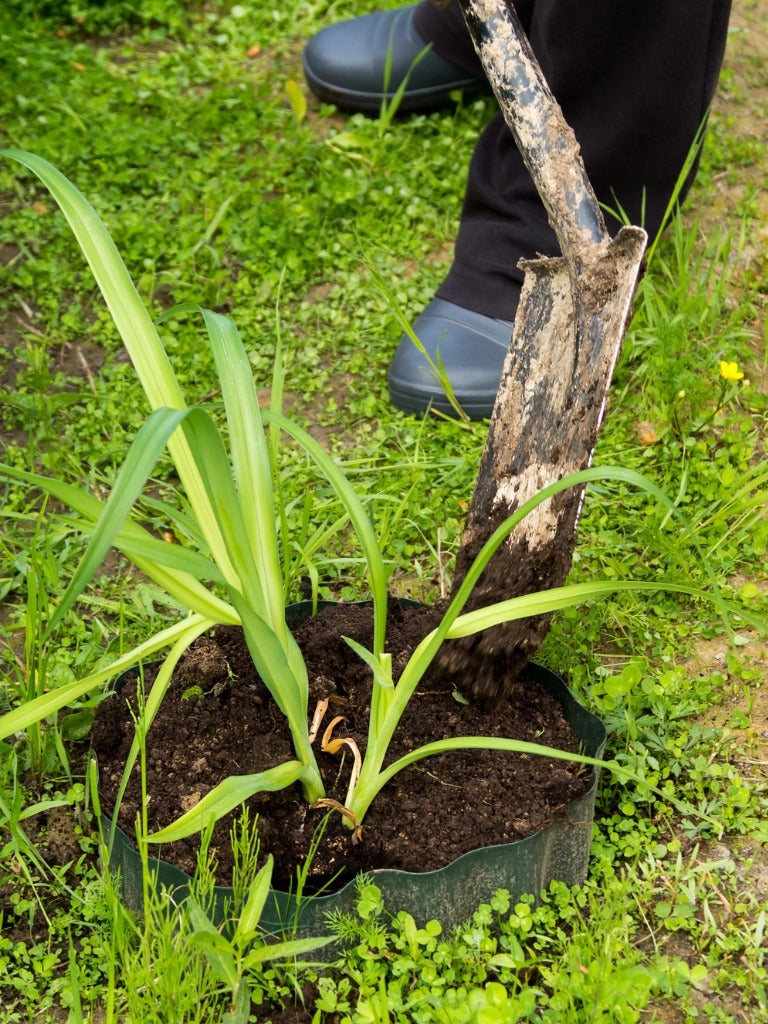 How To Transplant Daylilies: Learn About Moving Daylilies In The Garden
How To Transplant Daylilies: Learn About Moving Daylilies In The GardenDaylilies like to be divided every three to five years for optimal blooming. Moving and transplanting daylilies takes a little finesse. The following information on how and when to transplant daylilies will have you an old pro at dividing and moving daylilies in no time.
By Amy Grant
-
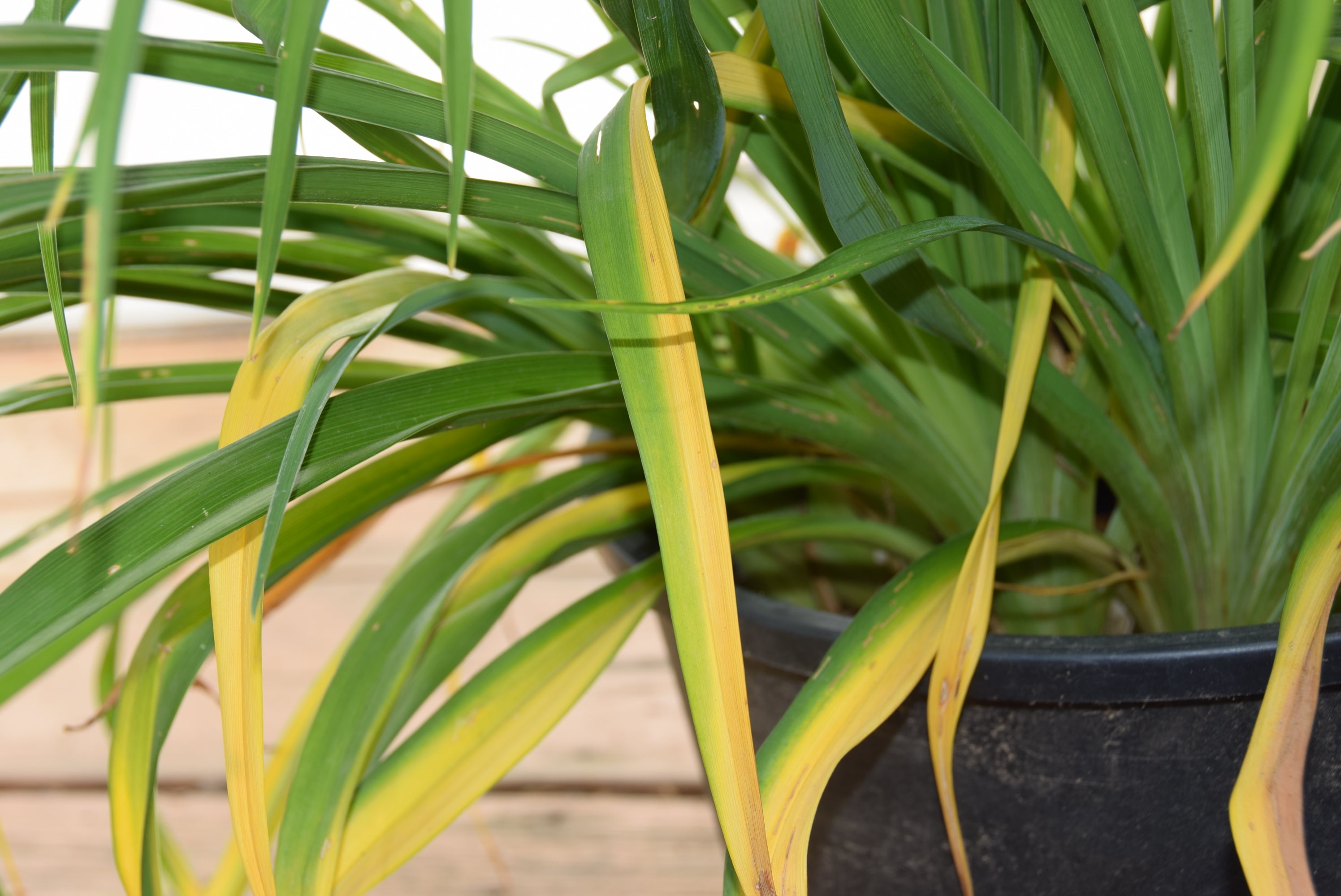 Streaks On Daylily Leaves: Learn About Daylily Leaf Streak Disease
Streaks On Daylily Leaves: Learn About Daylily Leaf Streak DiseaseDaylily plants are among one of the most popular perennial landscaping flowers. While robust, there are some issues that may cause these plants to struggle in the garden. Daylily leaf streak, for instance, can cause distress. Learn more about this disease here.
By Tonya Barnett
-
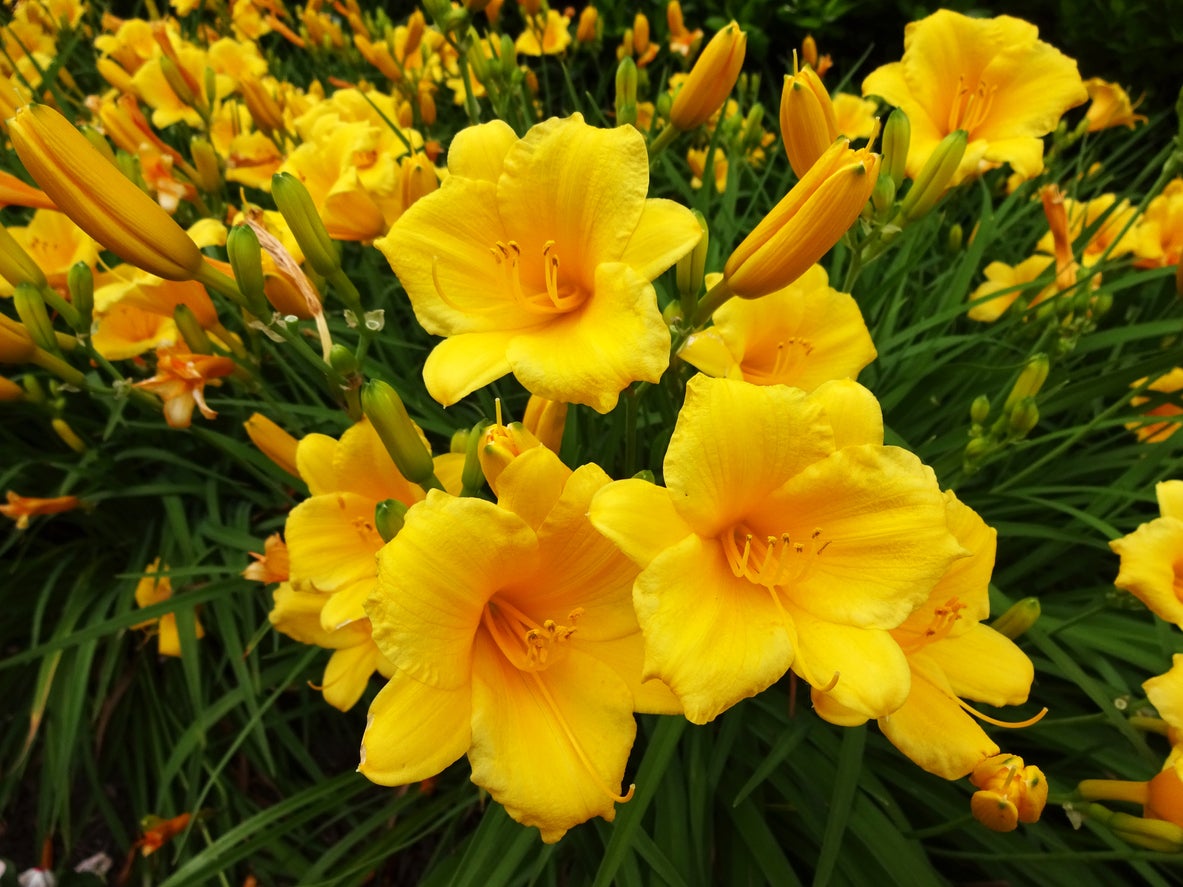 Deadheading Daylily Flowers: Is It Necessary To Deadhead Daylilies
Deadheading Daylily Flowers: Is It Necessary To Deadhead DayliliesThe daylily plant will only bloom for one day. Luckily, each plant produces multiple blooms that flower continuously, creating the beautiful display its growers have come to love. But what happens once the blooms fade? Is daylily deadheading necessary? Find out here.
By Tonya Barnett
-
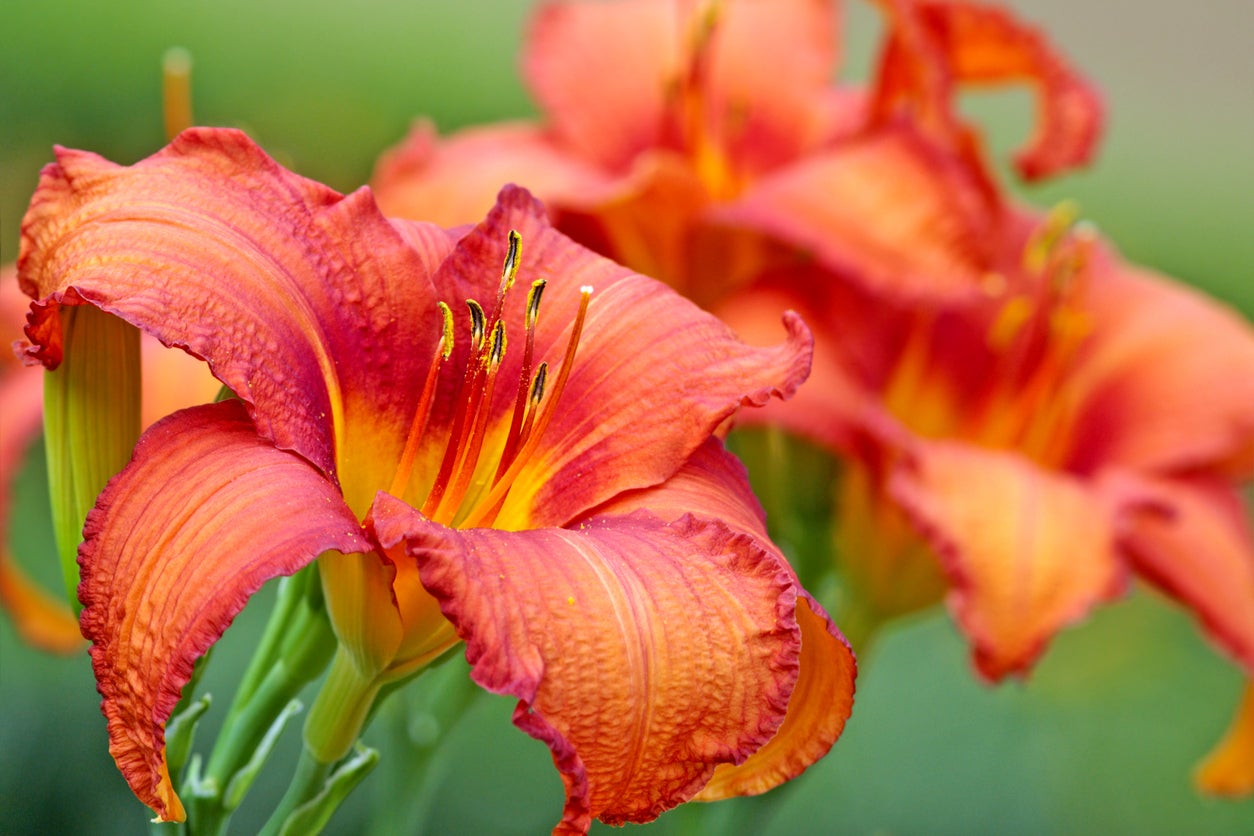 Daylily Fertilizer Needs – How To Fertilize Daylilies
Daylily Fertilizer Needs – How To Fertilize DayliliesDo you need to start fertilizing daylilies? That can depend on the soil. If the soil is poor, feeding these plants may help them to thrive. For more information on daylily food and tips on how to fertilize daylilies, simply click on the following article.
By Teo Spengler
-
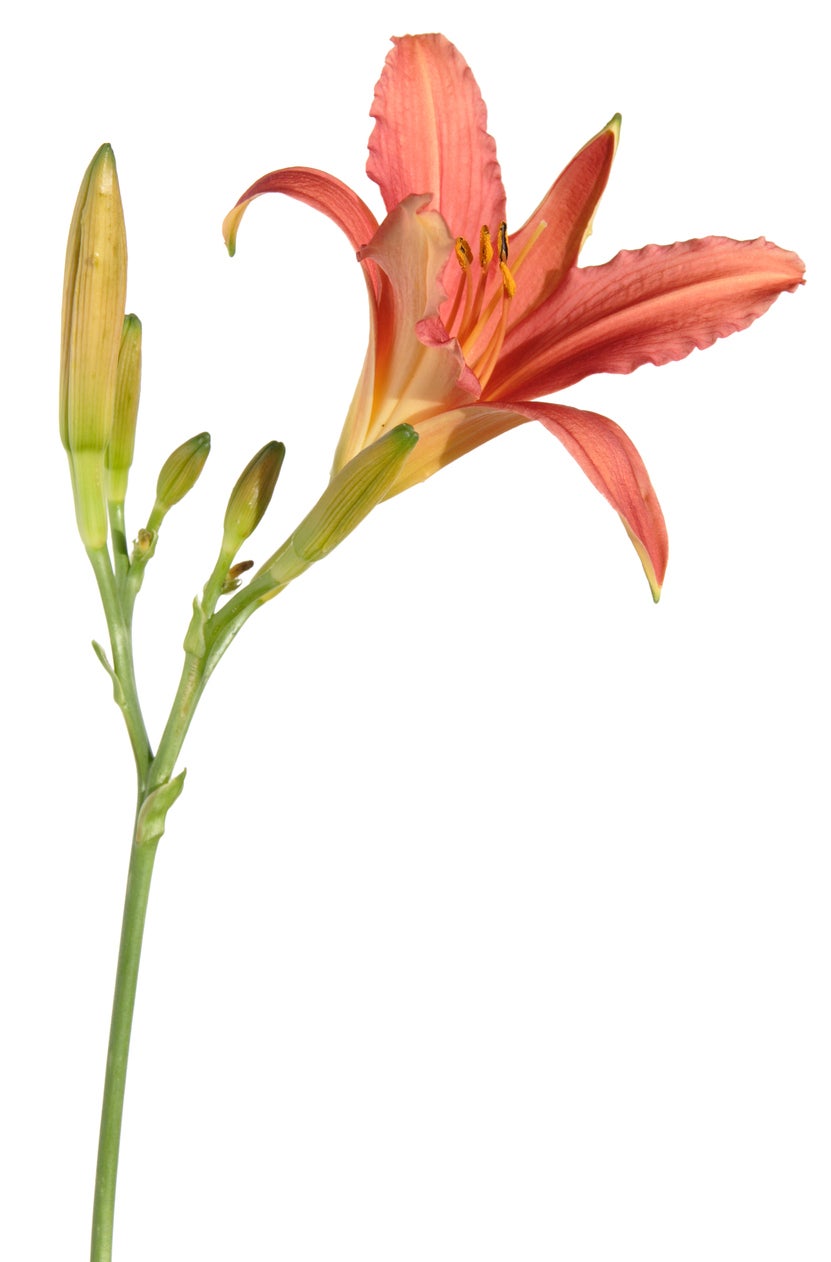 Daylily Scape Info: Learn About Daylily Scape Identification
Daylily Scape Info: Learn About Daylily Scape IdentificationDaylilies require little maintenance other than pulling out the scape at the correct time. What is a daylily scape? Scapes in daylilies are the plants’ leafless stems on which the flowers appear. For more daylily scape information, click on the following article.
By Teo Spengler
